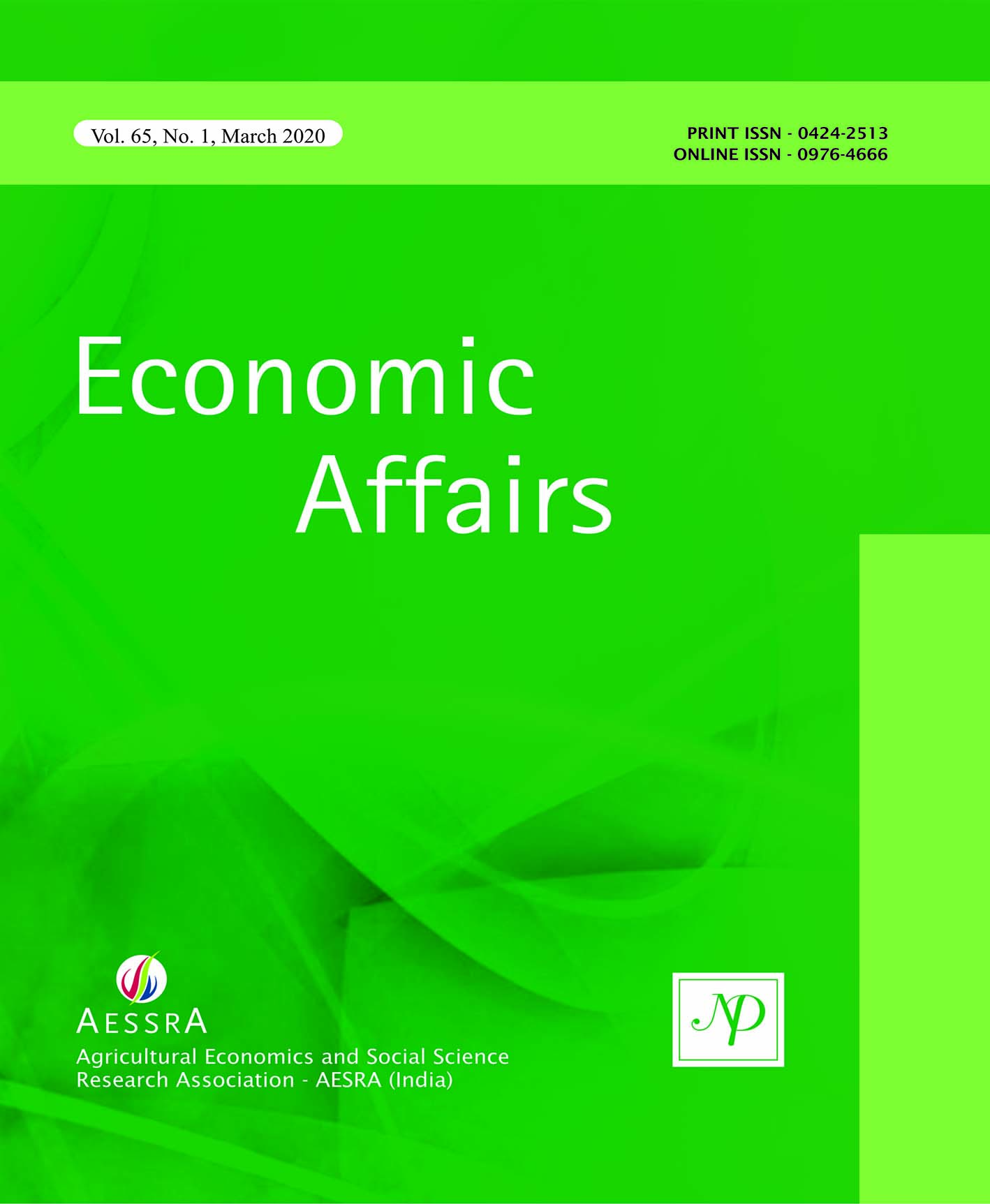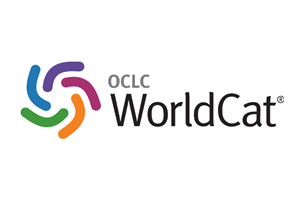Current Issue's
Table of Contents - Year 2025 | Month: September | Volume 70 | Issue 3
Content
| 313 |
| 256 |
Adoption Dynamics of the System of Rice Intensification (SRI) Among Farmers in Odisha
10.46852/0424-2513.3.2025.2
0009-0007-4737-8632 Research Article| 381 |
Is Kinnow Mandarin Still Economically Viable in 2024? A Case Study of Sirsa District of Haryana
10.46852/0424-2513.3.2025.3
0009-0005-9739-7837 Research Article| 252 |
Agricultural Technology Adoption in Garo Hills, Meghalaya: An Adoption Index Analysis
10.46852/0424-2513.3.2025.4
0000-0002-0125-186X Research Article| 296 |
Assessing Resource Use Efficiency and Addressing Production and Marketing Problems of Tomato in Solan District, Himachal Pradesh: A Case Study
10.46852/0424-2513.3.2025.5
0009-0009-6646-8099 Research Article| 341 |
A Garrett’s Ranking Approach to Identifying Constraints in Sustainable Crop Residue Management in Central Uttar Pradesh
10.46852/0424-2513.3.2025.6
0009-0003-4670-3895 Research Article| 312 |
Decomposition and Instability Trends in Cumin Production: A Study of Rajasthan
10.46852/0424-2513.3.2025.7
0009-0001-1326-5046 Research Article| 253 |
Exploring the Pattern of Male Migration in Western Odisha, India
10.46852/0424-2513.3.2025.8
0009-0008-8665-6946 Research Article| 234 |
Business Viability and Market Linkages of Groundnut Value Added Products of Nagarkurnool FPO (Nagarkurnool) and Kashyam FPO (Wanaparthy) in Telangana
10.46852/0424-2513.3.2025.9
0009-0005-7965-1774 Research Article| 319 |
Challenges and Opportunities of Rural Agricultural Farmers in Rayagada District of Odisha
10.46852/0424-2513.3.2025.10
0000-0002-6836-464X Research Article| 249 |
Investment Analysis of Warehousing System in Telangana
10.46852/0424-2513.3.2025.11
0009-0000-0641-6566 Research Article| 258 |
Cost Economic and Benefit Cost Ratio of Developed Round Basin Maker cum Fertilizer Applicator for Orchard Crops
10.46852/0424-2513.3.2025.12
0000-0003-0824-7799 Research Article| 332 |
Can Drip Irrigation Method Doubling the Farmers Income? Evidence of Banana Crop Cultivation from Tamil Nadu
10.46852/0424-2513.3.2025.13
0000-0002-7518-8170 Research Article| 278 |
Determinants of Organic Fertilizer Purchase Decisions: Evidence from Bellari District of Karnataka
10.46852/0424-2513.3.2025.14
0009-0003-2292-2532 Research Article| 353 |
Economic Feasibility of Investment in Henna Cultivation in Pali District of Rajasthan
10.46852/0424-2513.3.2025.15
0000-0002-1836-9629 Research Article| 302 |
Quantifying the Performance of Farmer Producers Organization: An Insight on Index Development Approach
10.46852/0424-2513.3.2025.16
0000-0002-6288-5276 Research Article| 238 |
An Economic Analysis of Costs & Returns of Blackgram Cultivation in Bundi District of Rajasthan
10.46852/0424-2513.3.2025.17
0000-0002-1590-6711 Research Article| 335 |
Economic Analysis and Market Dynamics of Jowar Cultivation in Adilabad District of Telangana
10.46852/0424-2513.3.2025.18
0000-0002-4645-5241 Research Article| 216 |










